|
|
The tall chimney was from the gas works coke house, can you remember the smell? The hut partially hidden by the bushes was the tally cabin, where the miners would have picked up their lamps and their tallies before crossing the bridge in the foreground to enter the mine. I am sure some of you will remember Fiery Jack that worked in the tally cabin. A. N. Andrew has advised: “Miners only collected their tallies from Fiery Jacks, all miners made up their own lamps at home before going to work. I used to polish my stepdads lamp.”
Image courtesy of the Pem Holliday Collection, thanks to A. N. Andrew for the update.
A view of Skinningrove looking over the gasometers, down the village, towards the sea. The terraces on Primrose Hill show up clearly; as do the neat fields or allotments above Grove Road.
Image courtesy of the Pem Holliday Collection.
A view over the Gas works and Skinningrove village from the fields above Wood Road, looking over the gas works towards the sea.
Image courtesy of Mrs. Breckon.
A well photographed place Skinningrove, but a nice clear image, showing the houses and the works. In the foreground is the Gas showroom, behind it can be seen the footbridge linking up to Wood Road and up to Grove Hill.
Image courtesy of Joan Jemson.
This photograph loaned to us by Geoff Hore; shows the valley off beautifully and the once well tended allotments. I am informed that Skinningrove school had an allotment here, did you ever work on it? John Winspear tells us: “The Senior School certainly did have an allotment here; situated just behind the gasometers and the road which ran between Skinningrove and Loftus. It was part of the school curriculum then and my year group was tasked with the Wednesday slot to tend it, under the attention of Mr. Temple (Duggie).”
Image courtesy of Geoff Hoare, thanks to John Winspear for the update.
An etching showing one of the bridges (lower end of the zig zag at Skinningrove, with the beck running through one part and the footpath going through the other.
Image courtesy of a supporter of the Archive.
A lovely shot of the beck making it’s way to the sea under the bridge which bore the zig zag railway. The footpath at the left comes down from Loftus, being the lower end of Wood road.
Image courtesy of Ted Morgan, via Eric Johnson.
Lovely clear photograph of the ’Grove with Grove Hill clearly shown above Zetland Row. There is a cross mark on the photograph which was believed to indicate the Working Men’s Institute building of the time. S. Welford commented: “The cross usually was special to whoever originally sent the postcard or photograph. It often indicated home, holiday home or had a special significance.” However John Kennedy pointed out: “Looks like the Working Men’s Institute, too tall for the Infant and Junior School.” Thomas Sayers confirms this fact with: “I was born in Skinningrove and the building with the cross on was indeed the Working Men`s Institute. I also taught at the Infant and Junior school. There was no separate Infant school; the Senior School is in the foreground, bottom left.”
Thanks to S. Welford and John Kennedy for the updates. Also to Thomas Sayers for confirmation of the buildings.
The title should really be ‘First Tarmac Road’ for Grove Hill; this being December 1982 through to February 1983. Pem Holliday who recorded this activity even annotated his photograph.
Image and information courtesy of the Pem Holliday Collection.
How clearly the zig zag railway can be seen in this photograph, Grove Hill to the right and Zetland Terrace to the left of it. In the left hand bottom corner is written Geo. Skilbeck; he being the photographer (his shop was located on Zetland Road , Loftus). This being one of a vast number of postcards that were sold by Mr. Skilbeck in his shop in Loftus.
|
|
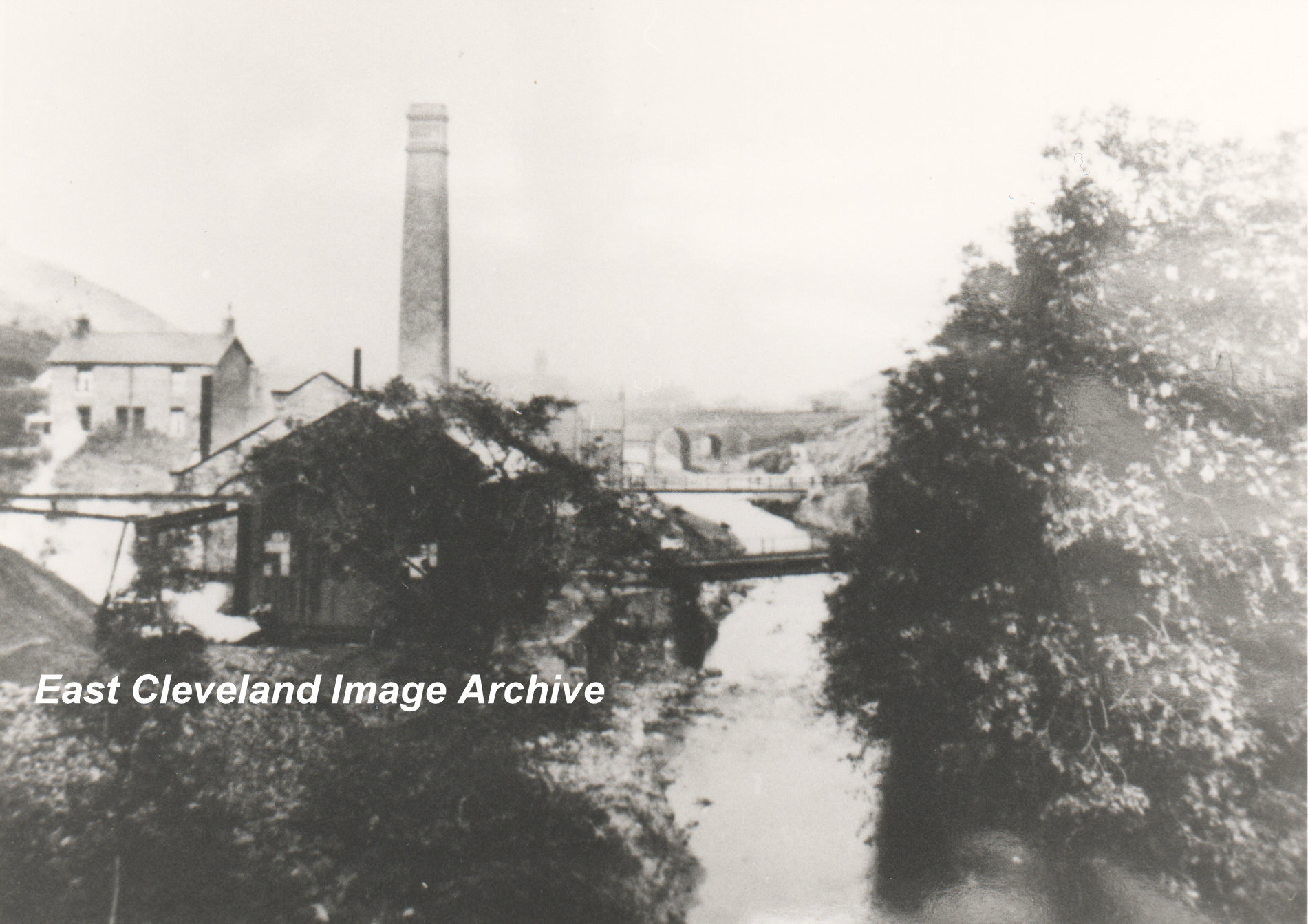
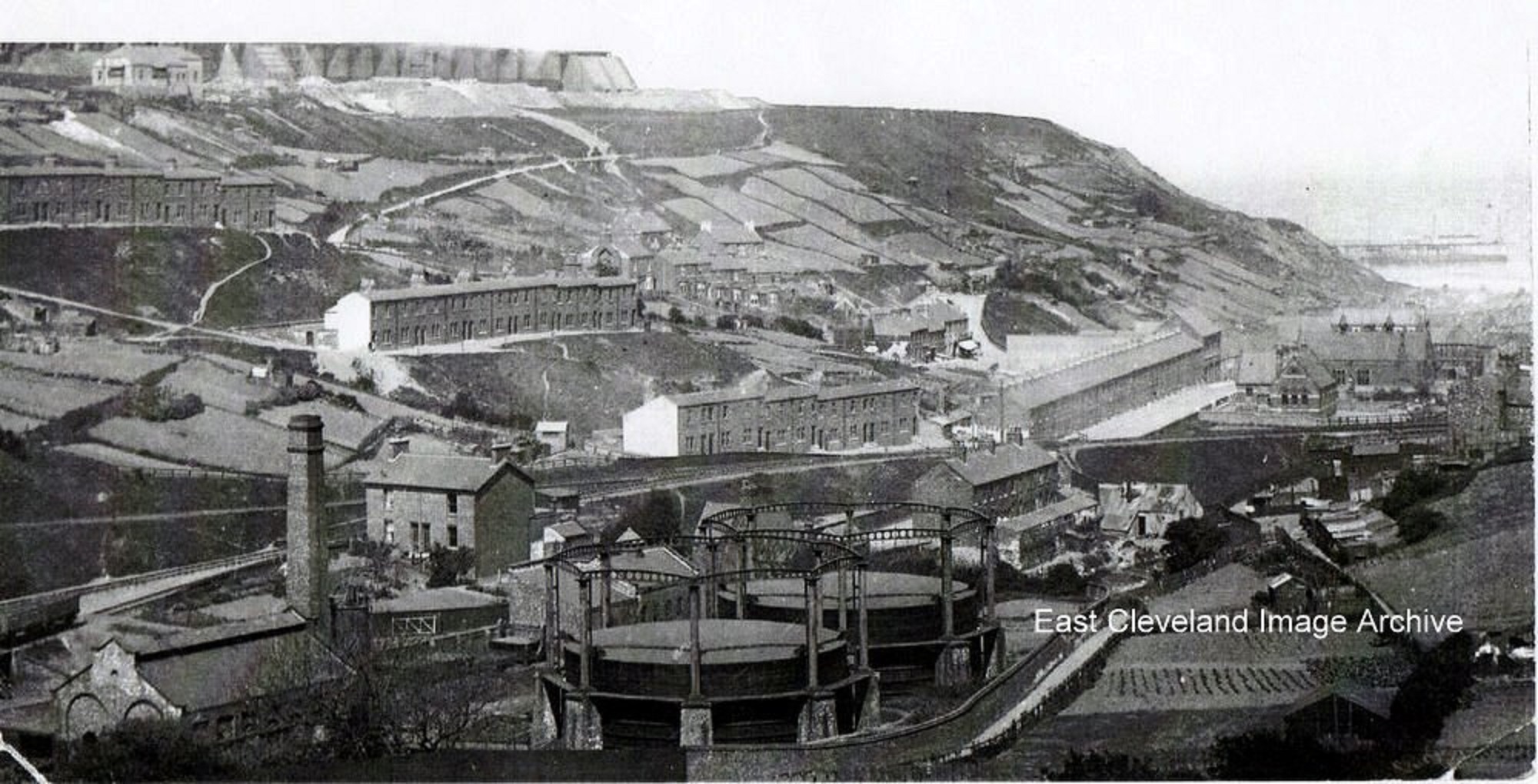
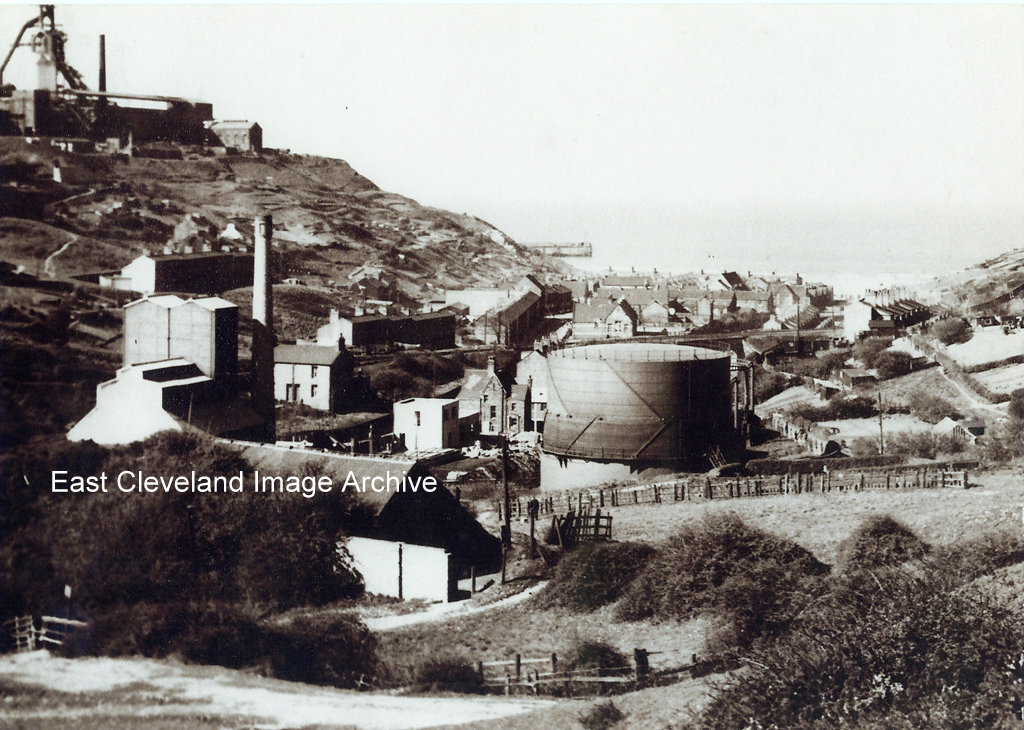
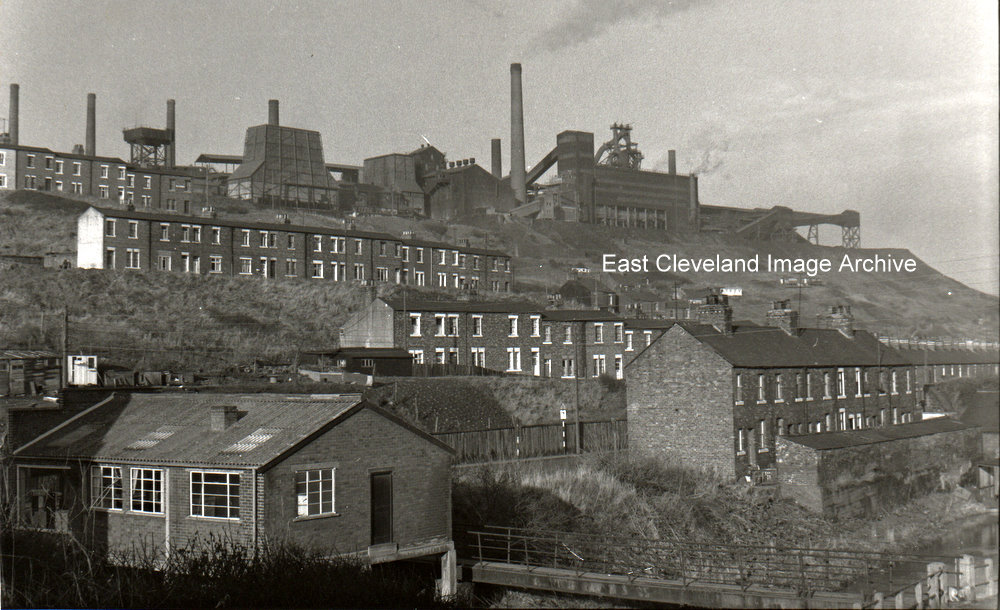
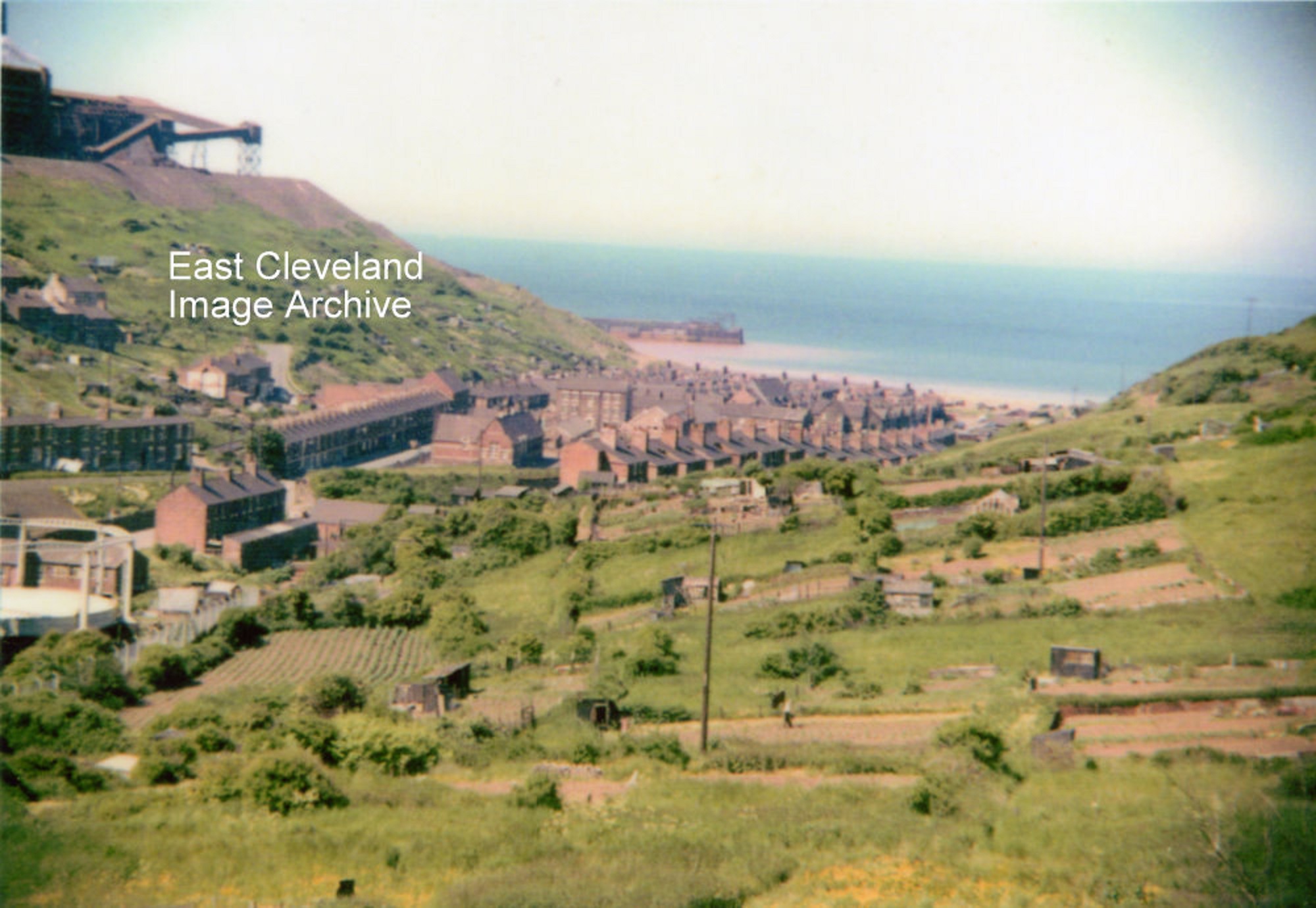
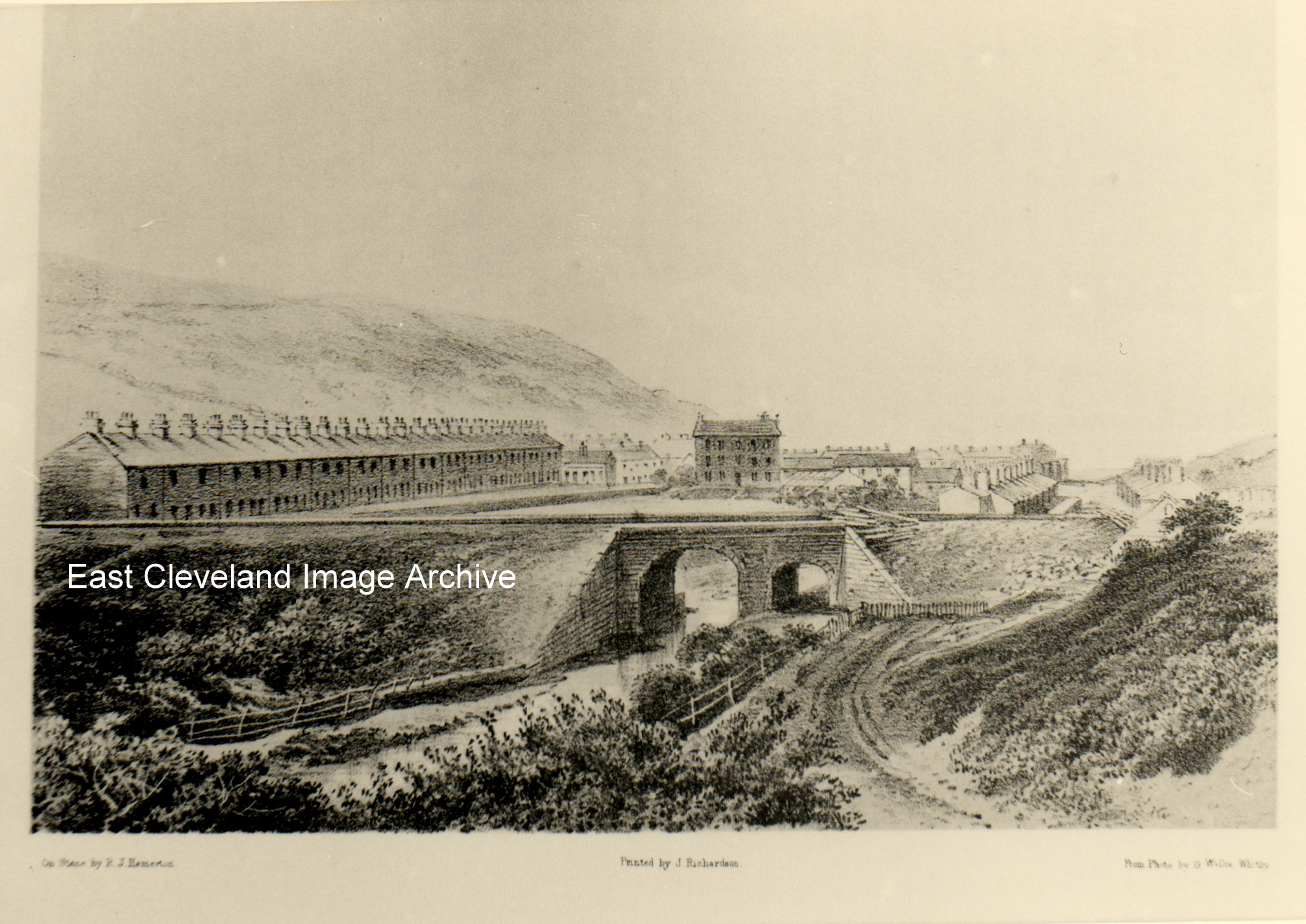
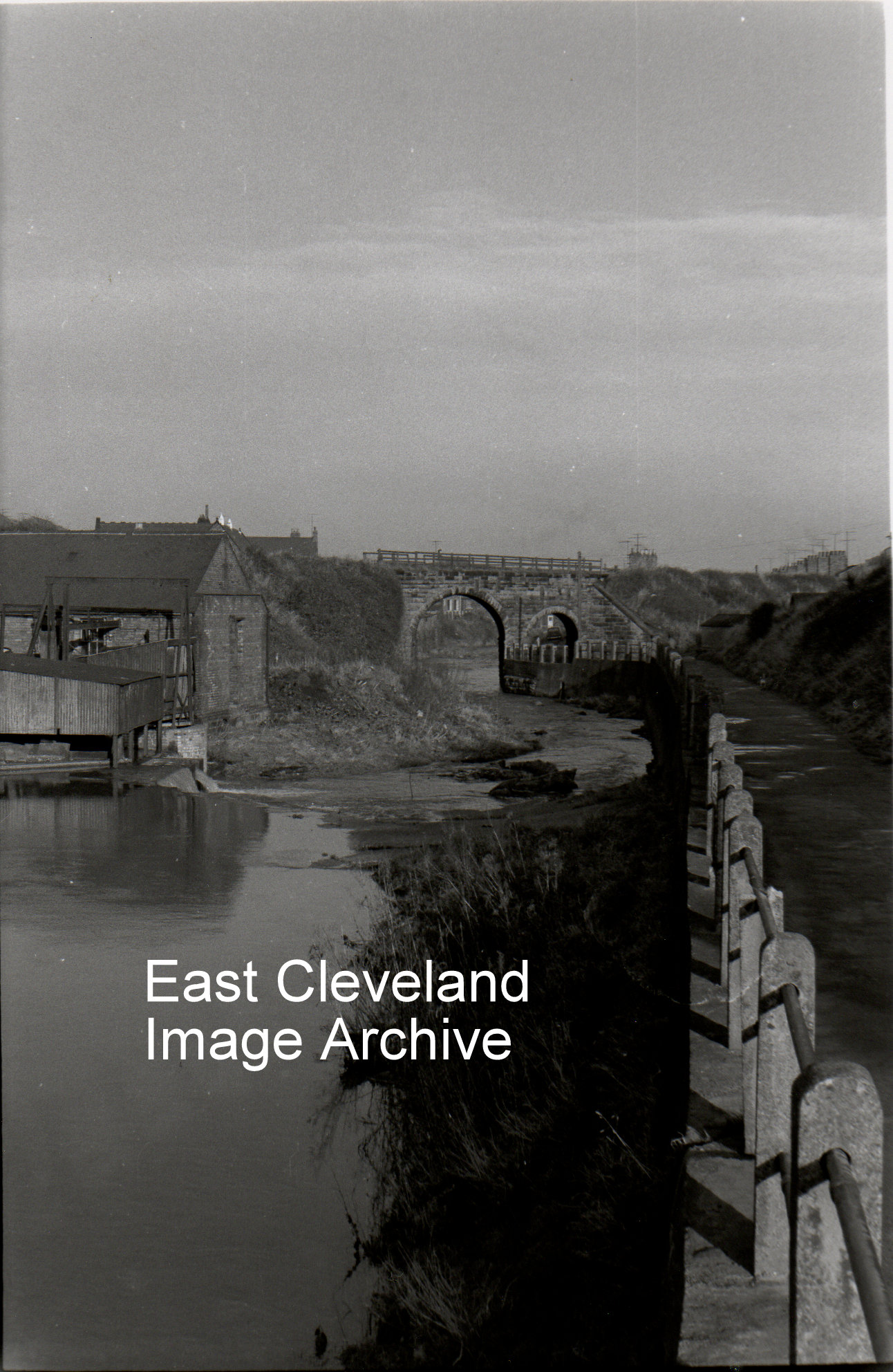
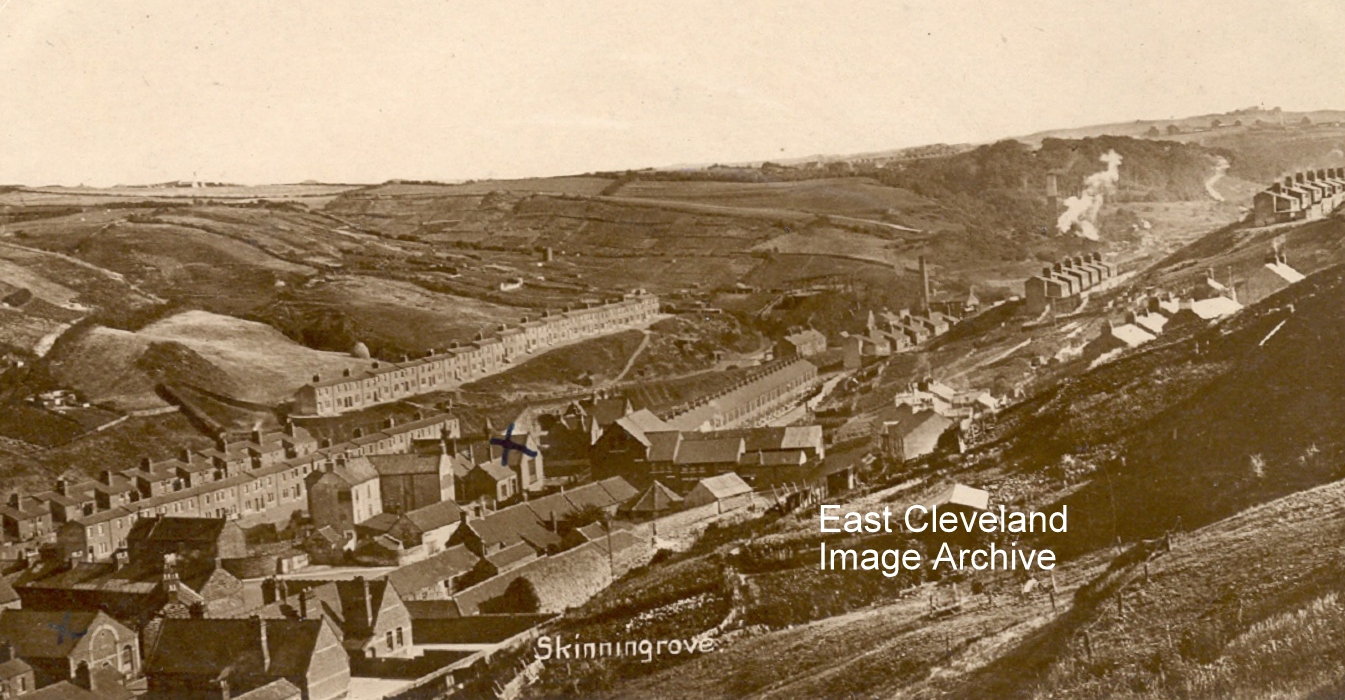
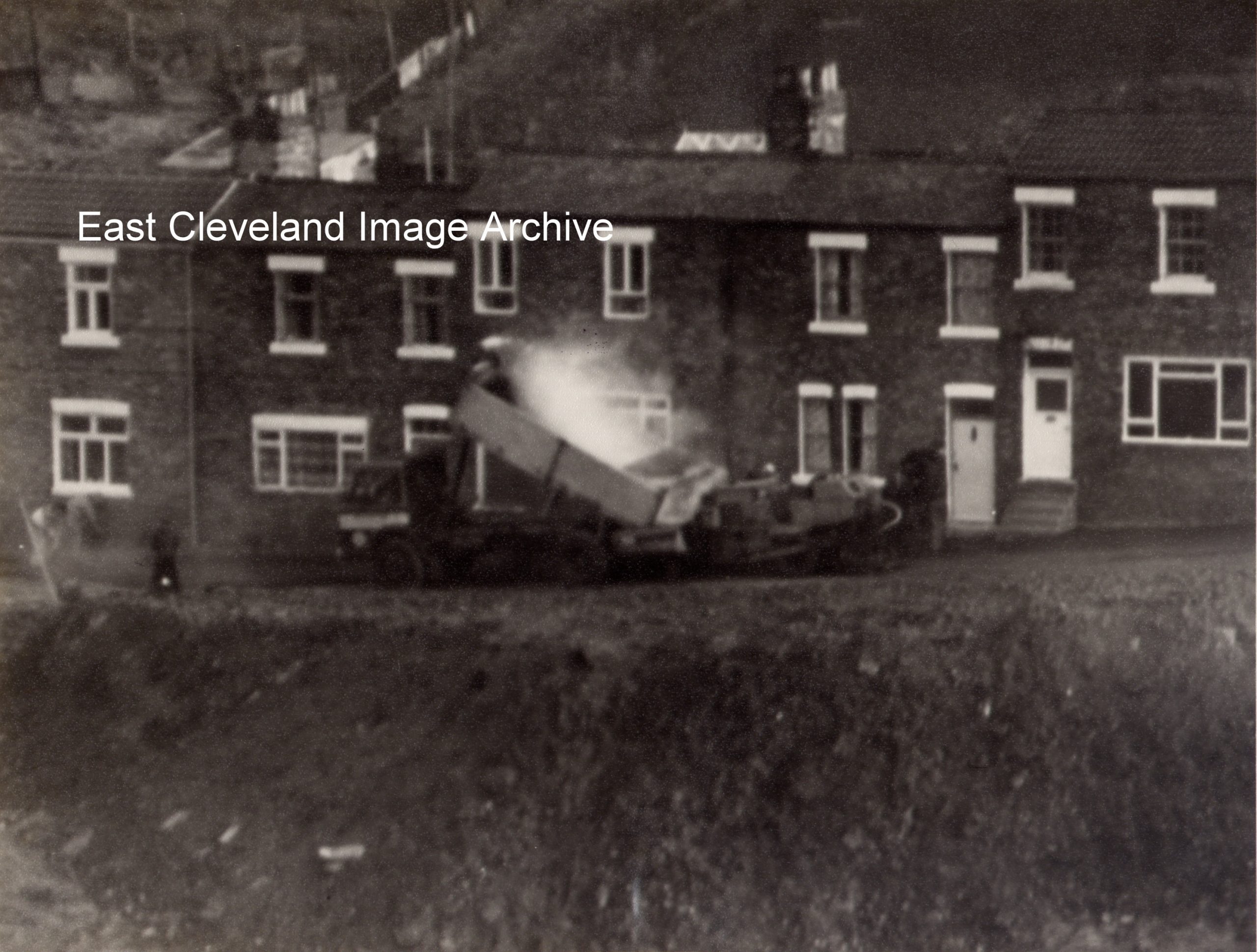
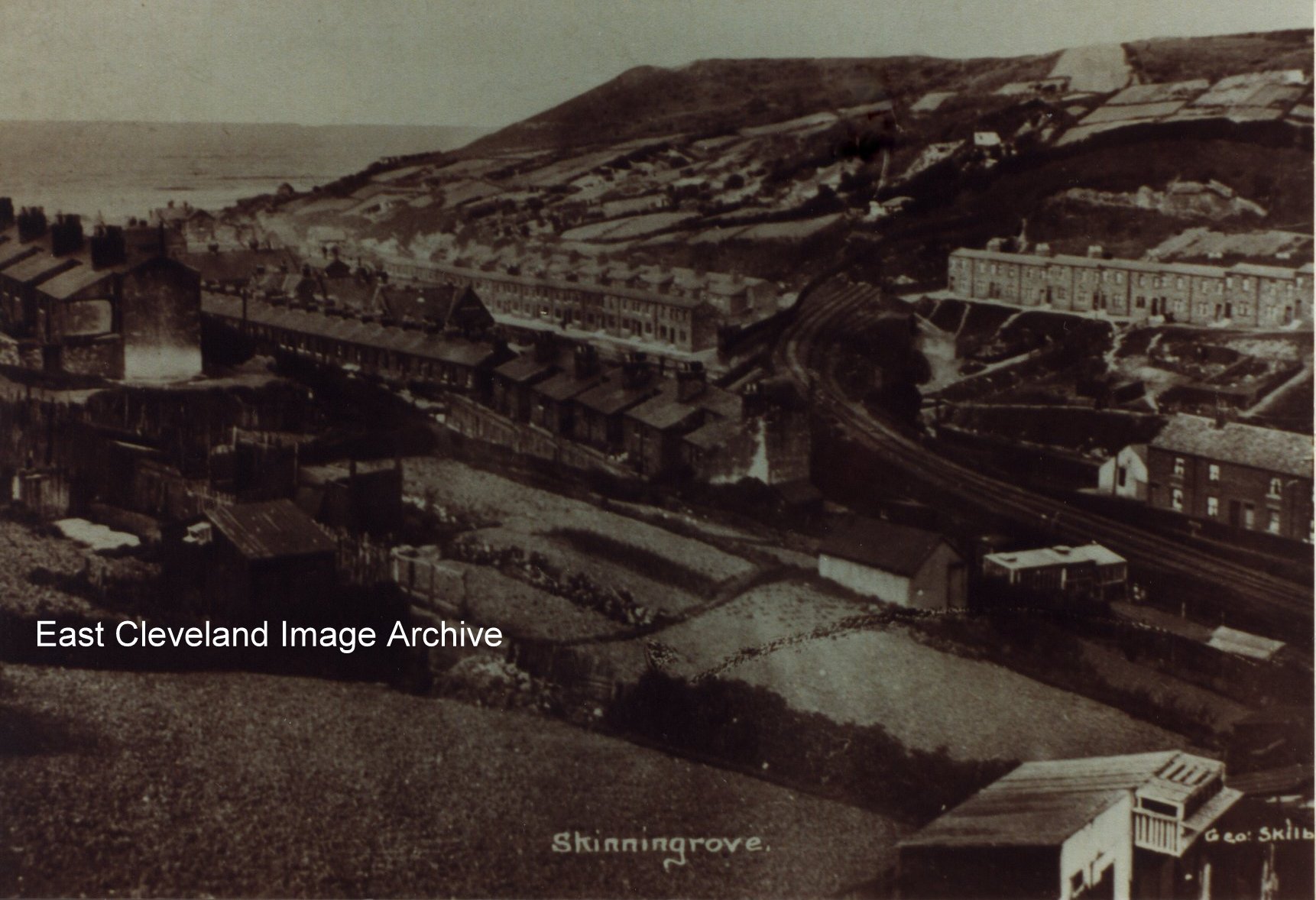
Recent Comments